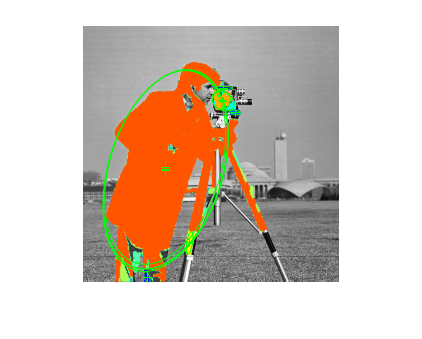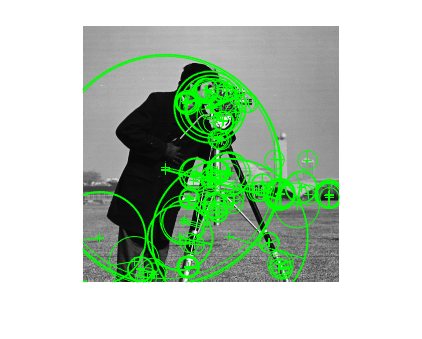MSERRegions
Object for storing MSER regions
Description
This object describes MSER regions and corresponding ellipses
that have the same second moments as the regions. It passes data between
the detectMSERFeatures and extractFeatures functions. The object
can also be used to manipulate and plot the data returned by these
functions.
Creation
Description
Input Arguments
Properties
Object Functions
Examples
Tips
Although MSERRegions may hold many regions, it is a
scalar object. Therefore, numel(MSERRegions) always
returns 1. This value may differ from length(MSERRegions), which returns the true number of regions
held by the object.
References
[1] Nister, D., and H. Stewenius, "Linear Time Maximally Stable Extremal Regions", Lecture Notes in Computer Science. 10th European Conference on Computer Vision, Marseille, France: 2008, no. 5303, pp. 183–196.
[2] Matas, J., O. Chum, M. Urba, and T. Pajdla. "Robust wide baseline stereo from maximally stable extremal regions. "Proceedings of British Machine Vision Conference, pages 384-396, 2002.
Extended Capabilities
Version History
Introduced in R2012a


